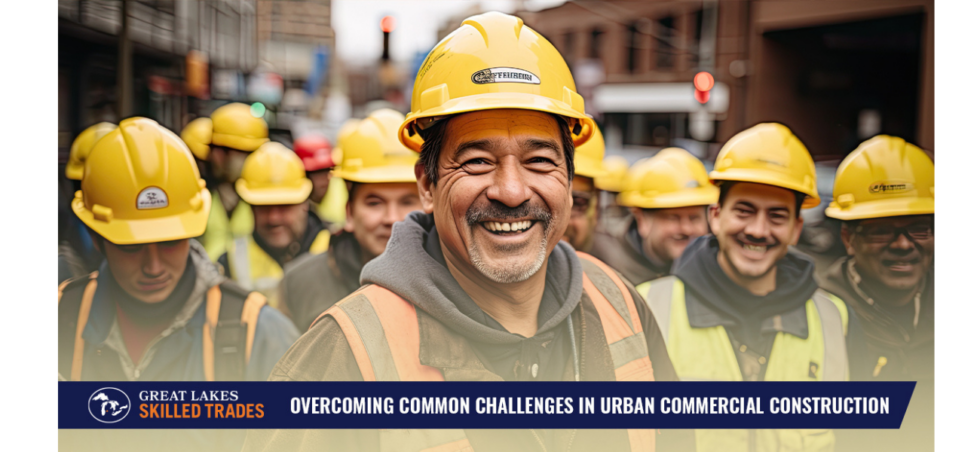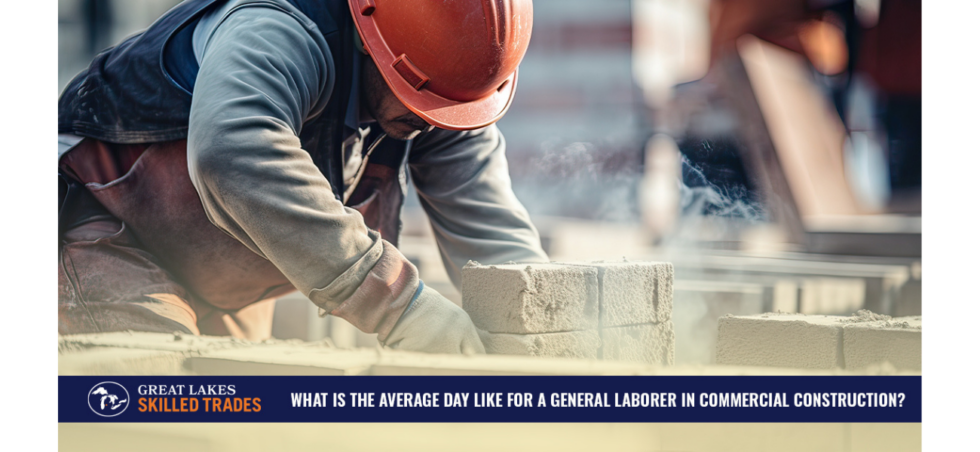Masonry can be an excellent career choice. After all, brick and stone are timeless materials that never go out of style. But masonry work comes with some unique challenges. Whether you’re a novice mason or have been doing this work for years, here are some common masonry problems you might face and how to ensure you are always putting forth your best work.
Masonry Challenges
Problems you might see during your masonry career include:
Efflorescence
This whitish deposit tends to appear when the weather is cool and wet, dissolving the natural salts in the material. It’s generally caused by a thin topcoat, inadequate drainage, micro-fissures, or the addition of too much water to the base material.
Bulging wall
If a wall appears to be bulging, it’s usually due to either water infiltration or mortar deterioration. This can eventually cause the entire wall to collapse.
Deteriorated mortar
Low-quality mortar can deteriorate quickly, but even strong mortar is subject to the ravages of time.
Cracking
Individual bricks may become damaged, or a crack could run through an entire wall. Either way, you’ll need to determine the cause. It may be something like extreme temperature variations, or it might signal that the entire building has shifted due to a foundation problem.
Preventing Masonry Problems
It would be impossible to prevent all damage to a masonry structure. These buildings exist in the real world, where the elements can and will take a toll. But you can ward off many problems by always doing your best work.
Ensure consistent mortar mixtures
Never take shortcuts when mixing your mortar. Always check the consistency and discard any batch that seems “off.”
Handle different materials effectively
Masons work with brick, stone, and even concrete. Learn how to install each type of material properly, and ensure you always utilize the best practices.
Manage weather-related obstacles
Know the location where you are doing your work, and take active steps to mitigate the risks. For example, you’ll need to follow different guidelines in an earthquake-prone area than in one with frequent hurricanes. Learn the codes and other regulations for your location and utilize them in every job.
Ready for a New Skilled Trade Position?
At Great Lakes Skilled Trades, we specialize in connecting professionals in the skilled trades with contractors who need their services throughout the Great Lakes region. If you’re a skilled trade worker looking for your next position, check out our available jobs today!









